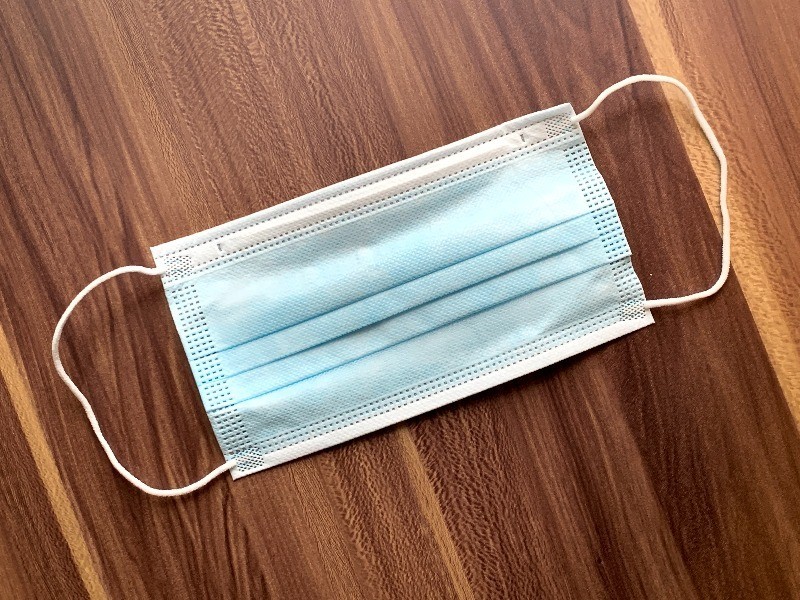Face masks have become an increasingly important part of society throughout the COVID-19 pandemic, and while they help stop the spread of the virus, they also make communicating effectively more challenging.
According to Eleonor Shaw, Speech Language Pathologist with the Rehabilitation Institute of Northeast Georgia Medical Center, research shows masks can reduce the volume of a person’s speech by between three to 12 decibels.
When wearing a mask, people are also unable to use visual cues, such as the movement of another person’s mouth, to fully comprehend what is being said. The drop in vocal volume and lack of visual cues can cause a speaker to strain their voice to communicate effectively, according to Shaw.
Shaw says there are several tips and exercises to follow to combat vocal strain that may come from wearing a mask.
“Kind of the go to that I recommend is over-exaggerating your speech sounds, and over-articulating. So, you’re not necessarily trying to make your voice louder, you’re just trying to make those sounds crisper,” Shaw said.
This practice will help make a person’s words clearer, according to Shaw.
“The second tip would be to just kind of slow down your rate of speech and try to separate your words a little bit,” Shaw said.
According to Shaw, words often flow very quickly into each other during conversation, so creating a larger space between words helps clarify what a person is saying.
Shaw also recommended taking a larger breath before speaking if you are in a situation where you need to increase the volume of your voice.
Lastly, Shaw said reducing background noise can also help the process of communicating while wearing a mask.
However, if you follow these tips and still experience vocal strain, Shaw says a Semi-Occluded Vocal Tract Exercise (SOVTE) may help as a warm-up before using your voice, or as a cool-down.
“There’s several types of these exercises, one of the ones that I really love is called straw phonation,” Shaw said.
To perform this exercise, first place your lips around a straw. Begin blowing a continuous flow of air through the straw, which you should be able to feel with the palm of your hand.
Begin humming at a comfortable pitch, but make sure air continues to flow from the straw as you do so. Hum a high pitch, then move down to a lower pitch. Now hum a low pitch and move to a higher pitch.
“It creates this back pressure … in the back of the throat which gently helps to press down on the structures within the voice so then the vocal folds can gently vibrate. So, it helps to really relax everything,” Shaw said.
Aside from this exercise, one important thing to do to reduce vocal strain is to stay hydrated.
“Increase that daily water intake so then the vocal folds can move with greater ease,” Shaw said.
Finally, Shaw recommends taking “voice naps” for five to ten minutes to prevent vocal strain if you are in an occupation that requires prolonged use of your voice.









